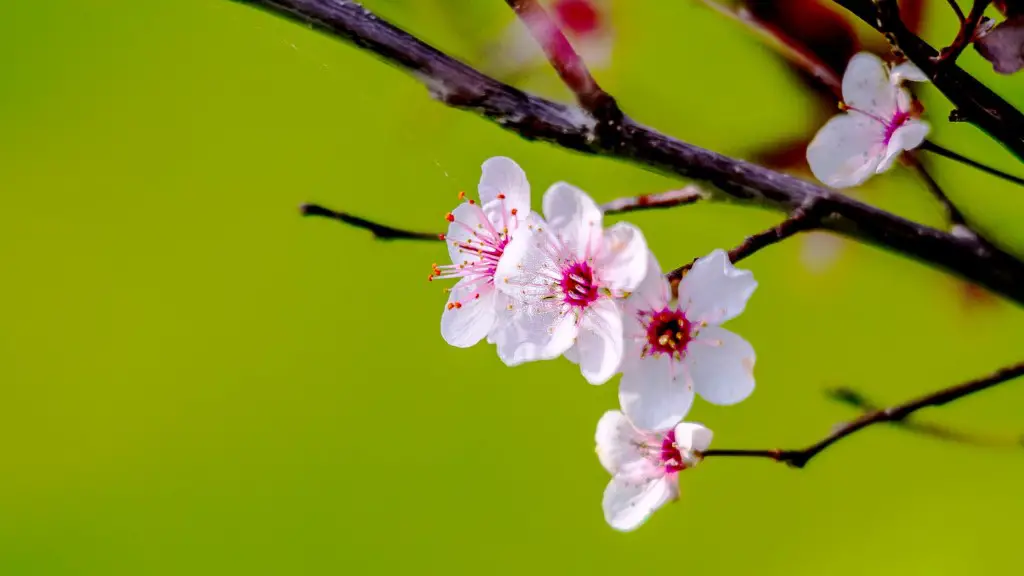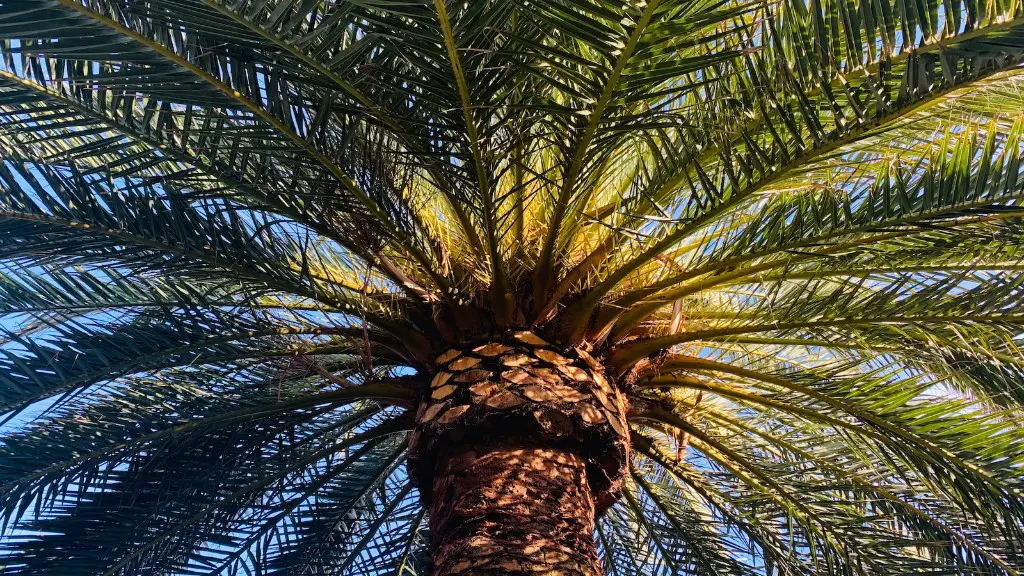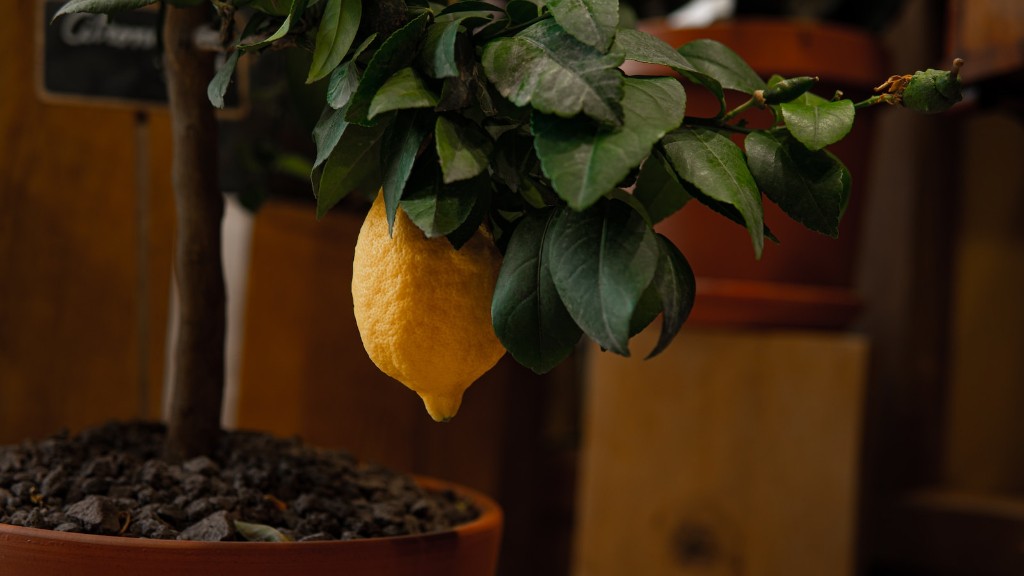Are you considering buying a weeping cherry tree for your garden? If so, you have certainly made a great choice. Weeping cherry trees are one of the most spectacular flowering trees to grow, producing cascades of white or pink flowers that are simply breathtaking in spring!
As they do not get very tall, they are ideal for accentuating a small garden, or planted in a large pot on the patio. Weeping cherry trees also have an attractive, dome-like shape and shiny, serrated leaves which add great texture and movement to the garden. But, before buying one for your garden, getting to know a bit more about them is essential.
The primary factor to consider when planting weeping cherry trees is the location. It is critical to choose a spot that gets full sun – any less sun than that, and blooms will be sparse. Cherry trees are also ‘cold hardy’, meaning they can survive in cold climates, but they require some protection from wind and frost. Make sure the area you choose is sheltered, or the tree may suffer from wind burn or die back.
Soil is also a crucial factor as to where you should plant your weeping cherry tree. They prefer a neutral or slightly acidic soil, so it’s best to get the pH measured or purchase a soil testing kit. Clay or very sandy soil is not ideal, as it can cause drainage issues, so make sure to amend the soil before planting.
When choosing your weeping cherry tree, look for one with strong and healthy stems and branches. During installation, make sure it is planted at the same depth as it was in the pot, and give it a little extra space to allow for some root expansion. Or if planting more than one tree in the same space, leave at least four meters apart, to give them enough space to grow.
For the best results, fertilizing is also important, especially in the first two years. This will give your trees the essential nutrients for their new growth.After planting, water your tree well and apply a thick layer of mulch around the base to suppress weeds and maintain moisture.
Pruning
Pruning is also important. As weeping cherry trees are relatively small trees and can grow up to two meters tall, they don’t need a lot of pruning – just to remove any broken or diseased branches. Even if there are no diseases, however, it is essential to prune your trees every winter, to shape them, remove crossing branches and open up the crown.
Pests, Diseases and Potential Threats
Like other trees in the wild, your weeping cherry tree may succumb to disease or pests. Make sure to inspect it regularly and take appropriate action right away. Diseases that can affect your tree include root rot, canker and powdery mildew. Common pests include aphids, caterpillars, moths and beetles.
In addition to diseases and pests, fire and acid rain can also be threats to your weeping cherry tree. Fire and heat can damage the bark and scorch or kill the tree while acid rain will reduce the soil’s pH, making it difficult for trees to take up essential nutrients from the soil.
When To Plant a Weeping Cherry Tree
In general, it is best to plant your weeping cherry tree in the fall for better root system establishment, but it can also be planted in the spring with the appropriate care. Fall gives trees time to develop a good root system – something that’s necessary for survival. Because of this, fall-planted trees tend to become established faster, flower and fruit sooner and need less maintenance.
When planting in the fall, make sure the soil is not dry and it should be pre-moistened the day before planting. If the soil is too dry, the roots may suffer and the tree may suffer in the long run. This goes the same for spring planting, make sure the soil is moist but not soggy. That way, your weeping cherry tree will be able to take up the necessary nutrients and adapt to its new home quickly.
Nutrients and Watering
Cherry trees need lots of nutrients and moisture to grow, so it’s important to keep the tree well-watered. Trees need about one inch of water a week during their first two years. After that, you can reduce your watering to once a month in the summer, or whenever the soil is dry. You can also add fertilizer once in a while to give the tree the extra nutrients it needs.
Be aware that over watering can be just as dangerous to your tree as under watering. If the root system is waterlogged, the roots may start to rot and the tree will suffer greatly. Take care to monitor the soil moisture levels, and adjust your watering accordingly.
Conclusion
Since weeping cherry trees are relatively small and require a sheltered spot, they’re well-suited for small gardens as well as large pots on the patio. With the right amount of sun, soil and water, these majestic trees can thrive in any garden. Just make sure to provide the proper care and choose the best spot to plant them, and your trees will bring beauty, shade and wonderful flowers for many years to come!



